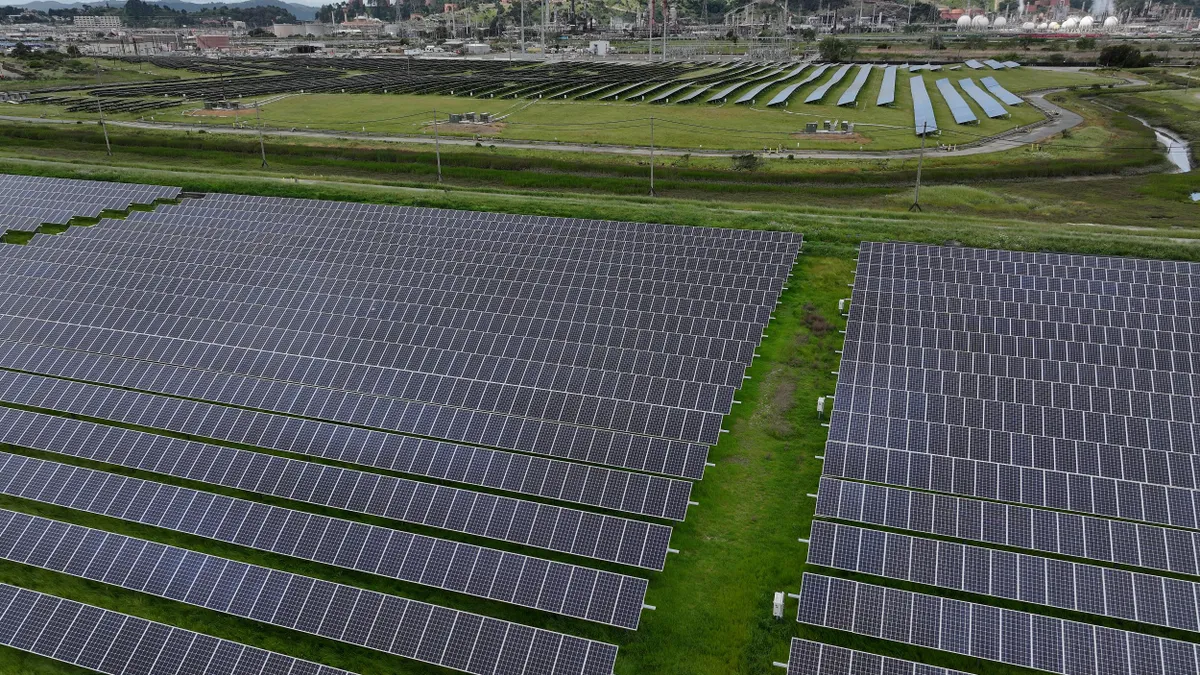Utility-scale U.S. solar installations are set to continue record-breaking growth with over 32 GW installed in 2024, due in part to a requirement that modules imported during the anti-circumvention tariff moratorium be in service by December, according to a report released Monday by the American Clean Power Association.
“Installations in 2025 are expected to be 16% lower than in 2024, but the market will recover,” ACP’s report said. In a release, the group said, “The U.S. solar market is projected to grow with a Compound Annual Growth Rate of 6.6% from 2025 to 2030, reaching 37 GW of annual new installations in the final year of this decade.”
While ACP projects that 2025 may see new utility-scale installations dip to around 27 GW, the group estimates that they will recover to 32 GW per year by 2027 and reach 34 GW a year in 2028.
The report notes that the incoming second Trump administration and Republican Congress may work “to change or remove certain portions of the IRA and accompanying guidance, but the IRA is unlikely to be completely undone.”
The release of the report marks the launch of ACP’s new biannual Solar Market Monitor, a collaboration with S&P Global Commodity Insights that uses their daily solar module price assessments.
“We are excited to announce S&P Global Commodity Insights’ collaboration with ACP as a clean energy technology knowledge partner,” said Eduard Sala de Vedruna, clean energy technology lead at S&P Global Commodity Insights, in ACP’s release. “This relationship brings together S&P Global Commodity Insights’ Research and Consulting teams to provide valuable integrated data and insights on the supply chain, technology, and demand.”
In the report, ACP also examined an expected decline in the levelized cost of electricity, or LCOE, for utility-scale solar. The average LCOE in 2024 is $46/MWh, ACP said, and this is expected to decrease to $38/MWh by 2030. However, ACP noted that “significant regional variation across the US remains, driven by soft costs like wages and land prices.”
“The recent decline in polysilicon prices has improved the short term LCOE outlook, but there is risk that new tariffs may increase capital costs and drive up the LCOE,” ACP said. “Under the new Trump Administration, political uncertainty remains, especially concerning tariffs and alterations to the IRA.”














